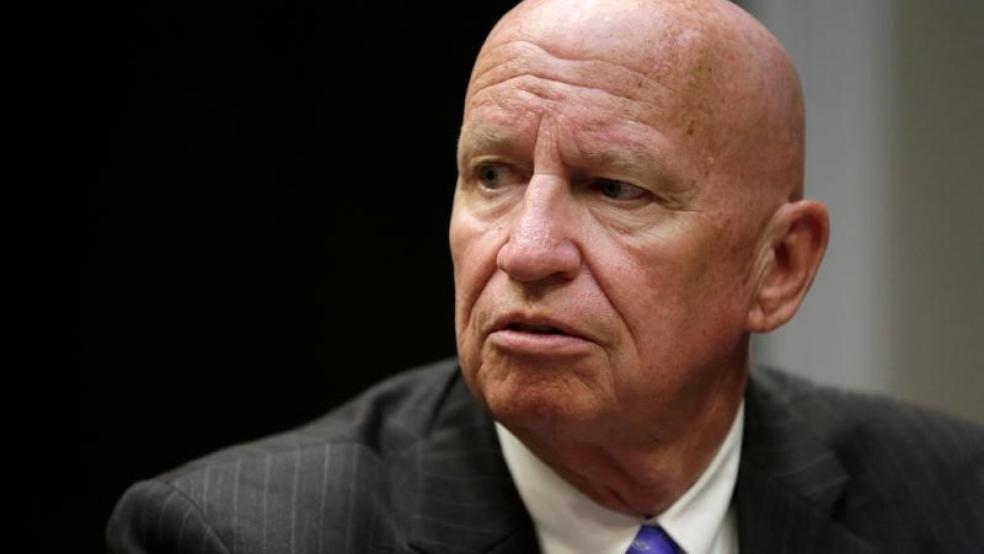The Republican push to sell the public on tax reform kicked into a higher gear Wednesday, as President Trump gave a speech at a manufacturing company in Springfield, Missouri, promoting the forthcoming GOP tax plan as a step to un-rig the economy and close loopholes that have benefitted the wealthy.
Trump’s speech was light on specifics and heavy on populist patriotism, but it did lay out four broad themes for tax reform that the president said would restore American competitiveness, create new jobs and raise wages for workers.
The reality, though, is that, while Trump and Congressional GOP leaders still don't have a comprehensive, detailed plan for tax reform, the proposals they’ve put forth thus far have been found by independent analysts to disproportionately benefit higher-income taxpayers. And critics are also quick to point out that the promised benefits to Main Street of Trump-style tax cuts — faster job growth, higher wages and a boost to the middle class — are very much in question.
Here’s an instant analysis of Trump’s four general principles:
1. “We need a tax code that is simple, fair and easy to understand.” Trump riffed that closing loopholes and reducing the complexity from the tax system might cost him personally, but said that the complex current tax code “disadvantages ordinary Americans who don’t have an army of accountants while benefitting deep-pocketed special interests.”
This idea is bound to be popular, especially given the statistic Trump cited that more than 90 percent of Americans need professional help to file their taxes, but Trump made no mention of which loopholes he would close — and every one is in the code because someone put it there. Putting specific tax breaks on the chopping block could prompt a nasty fight.
2. Slashing the corporate tax rate. “It’s time to give American workers the pay raise that they’ve been looking for for many, many years,” Trump said in explaining his desire to slash the corporate tax rate to 15 percent, down from the current statutory rate of 35 percent. But a rate cut that steep appears to be dead. Instead, reports suggest that a business rate of 20 to 25 percent is more likely. A bigger problem for Trump and the GOP: Whatever reduced rate ends up in proposed legislation, critics are bound to point out that there’s little evidence to support the idea that corporate tax cuts create jobs or raises wages. A new report from the liberal Institute for Policy Studies finds that such tax cuts serve to enrich CEOs and shareholders.
3. Tax relief for middle-class families. “We will lower taxes for middle-income Americans so they can keep more of their hard-earned paychecks, and they can do lots of things with their paychecks,” Trump said. “This includes helping parents afford childcare and the costs of raising a family.”
Again, the idea of lower taxes is sure to be popular. But multiple analyses of the proposals Trump has put out thus far have found that they would result in much larger tax cuts for the wealthiest households than for the middle class.
4. Repatriating foreign profits of U.S. companies. Trump said the wealth parked overseas totals $3 trillion to $5 trillion, higher than the $2.6 trillion figure usually cited for corporate profits sitting “offshore.”
“By making it less punitive for companies to bring back this money and making the process far less bureaucratic and difficult, we can return trillions and trillions of dollars to the economy and spur billions of dollars in new investments in our struggling communities and throughout our nation,” Trump said.
But as you’ll see here, the truth is not quite as simple.





